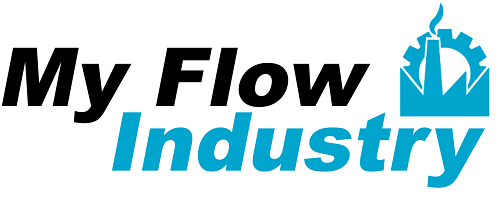
As we navigate an increasingly digital age, it’s vital to adapt and leverage modern tools to address contemporary challenges. With consumers growing more accustomed to speedy digital interactions, lenders are capitalizing on technological advancements to elevate their processes.
By 2023, a staggering 70% of businesses had integrated artificial intelligence (AI) and machine learning (ML) to enhance aspects like credit risk management, fraud prevention, and overall customer experience. Furthermore, over 75% were refining or overhauling their analytic models.1
While there might be hesitancy in embracing automated systems fully, it’s essential to understand that these tools are extensions of your strategy, not replacements. Automation solutions such as BankPoint excels in handling routine, intricate, or tasks prone to human error, thereby allowing teams to focus on areas that require human insight, like interpreting data and adjusting strategies.
The benefits of automation within loan origination
Incorporating loan automation into the loan origination process brings transformative benefits, starting from preliminary screenings to the final decision-making stages. Lenders across the board are acknowledging the potential of automation to:
- Efficiently Handle Vast Application Volumes: Particularly in times of high credit demand or staffing challenges, manually processing an influx of applications can be daunting. Automation alleviates this load, enabling quicker decision-making.
- Boost Accuracy and Uniformity: Manual data transfers or computations are prone to discrepancies. Leveraging automated platforms ensures data integrity, uniformity, and timeliness.
- Achieve Scalability with Ease: Unlike methods that depend heavily on manual assessments and prolonged customer interactions, automated processes can effortlessly adjust to growing application numbers.
- Enhance Customer Satisfaction: Prompt, precise, and impartial decisions resonate positively with customers. A survey indicates that 55% of consumers now have heightened digital expectations post-pandemic, with 25% redirecting their business due to unsatisfactory digital adaptations by companies.
Ultimately, combining automation with in-depth analytics throughout the underwriting process can lead to better conversion rates, broadening the lending spectrum without amplifying risks. This holistic approach not only ensures more loans and contented customers but also fosters revenue growth.
What does an optimized and automated loan origination process look like?
Contemporary loan origination software emphasizes adaptability, rapidity, robust integrations, and utmost security. Whether they’re cloud solutions maintained by third-party vendors or proprietary systems built in-house by resource-rich lenders, the essentials remain the same.
Strategy first
The foundation of any automation journey begins with a defined strategy. This might involve setting clear approval or denial thresholds based on your model’s predictions. With these set, automation can manage approvals and denials efficiently. Moreover, periodic testing and refining of the strategy ensure alignment with desired outcomes.
Digital applications
Empower consumers with flexibility, letting them initiate, pause, and resume their application processes across devices as per convenience. Further streamline their experience by enabling digital document uploads, signatures, and employing AI-assisted tools for swift document accuracy checks.
Integration with various data sources
A robust automated system thrives on quality data, sourced both internally and externally. Modern platforms are adept at seamlessly merging information from varying data reservoirs, including credit bureaus, alternative data points, and specific credit attributes.
Identity, income and fraud checks
Collaborate with advanced verification tools that instantly validate applicants’ employment, income, and identity. Simultaneously, efficient fraud detection mechanisms should be in place. Such automated verifications drastically reduce processing time, ushering applicants swiftly to subsequent stages.
Decisions based on optimized models
Leveraging automated decision engines, lenders can swiftly process outcomes based on the amalgamated data and pre-defined strategies. The integration of machine learning can enhance the evaluation of traditionally non-scorable consumers, widening your client base while maintaining risk equilibrium. This not only results in more precise scoring but also minimizes the need for manual reviews.
Conclusion
In today’s rapidly evolving digital landscape, the merits of integrating automation into the loan origination process are unmistakable. Lenders are equipped with the capability to respond faster, more accurately, and with unprecedented efficiency, meeting the heightened expectations of the modern consumer. The synthesis of strategic foresight with cutting-edge technology not only enhances operational capacities but also redefines customer experiences, placing businesses at the forefront of innovation in the financial sector.
As the journey of loan origination progresses into the future, it becomes increasingly evident that automation and analytics are not mere add-ons but integral components shaping this evolution. Embracing these tools isn’t just about keeping pace with technological advancements; it’s about foreseeing the future of lending, preparing for it, and ensuring sustained growth and success in an ever-competitive market.
